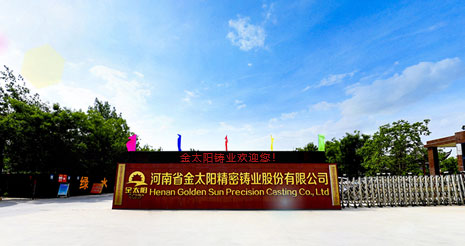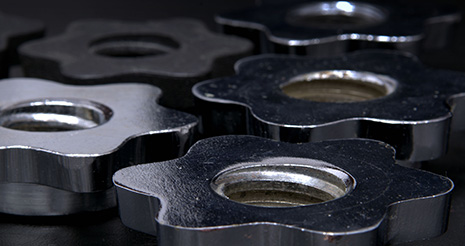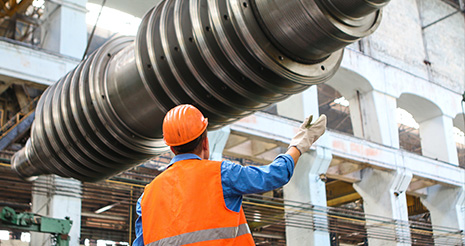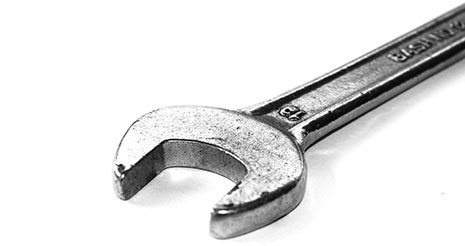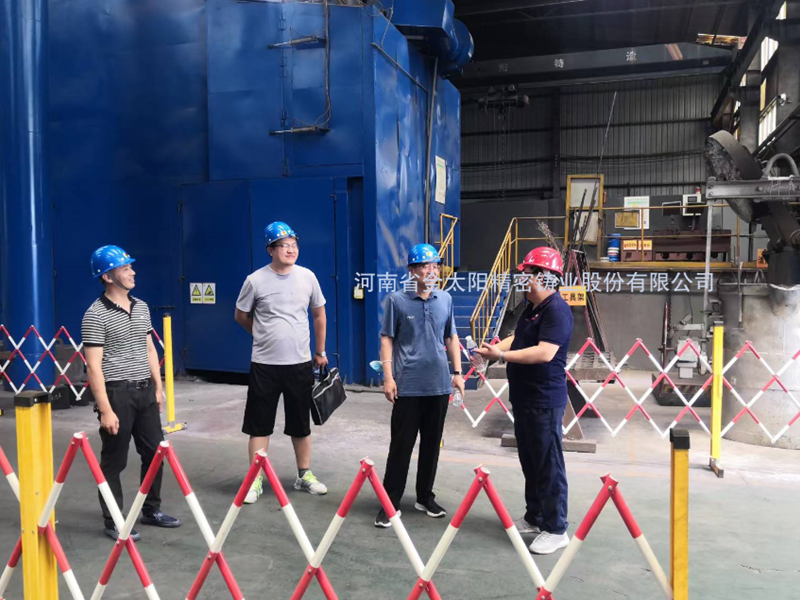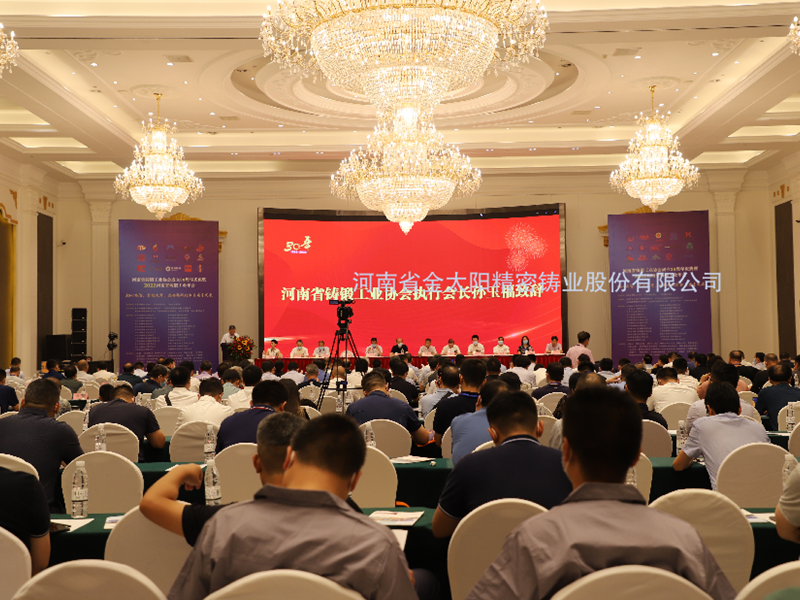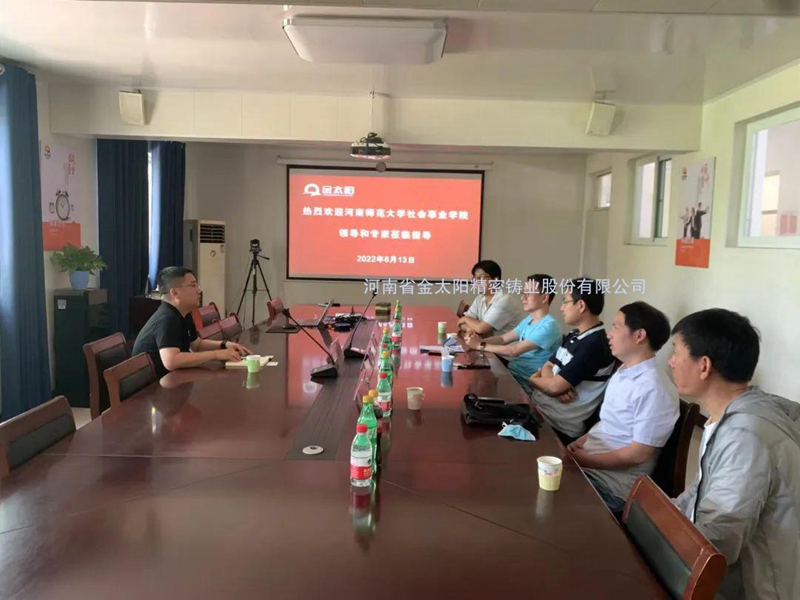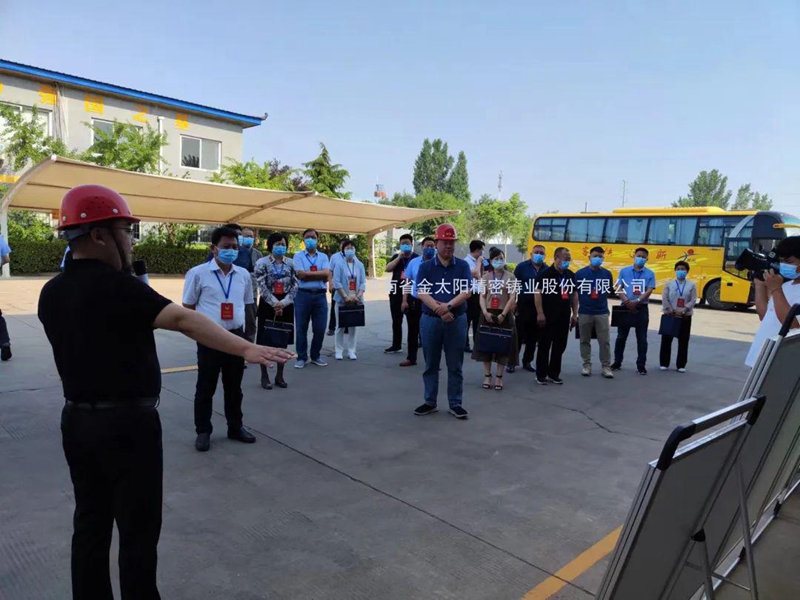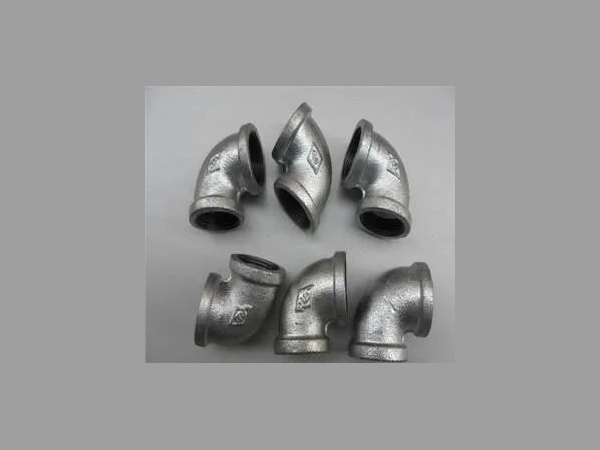The heat treatment of cast iron has similarities and differences with that of steel. Heat treatment of cast iron can not improve the morphology and distribution of graphite in the original structure. For gray cast iron, the stress concentration effect caused by flake graphite is the leading factor for the performance of cast iron, so the strengthening effect of heat treatment on gray cast iron is far less significant than that of steel and nodular iron. Therefore, the heat treatment process of gray cast iron mainly includes annealing, normalizing, etc.
For nodular cast iron, because the graphite is spherical, the splitting effect on the matrix is greatly reduced. The matrix structure can fully play its role through heat treatment, which can significantly improve the mechanical properties of the sphericity. Therefore, like steel, ductile iron has annealing, normalizing, quenching and tempering, multi temperature quenching, induction heating quenching and surface chemical heat treatment processes.
Heat treatment process of cast iron:
1. Stress relief annealing
Due to the non-uniform wall thickness of castings, effective stress and structural stress will be produced during heating, cooling and phase transformation. In addition, the internal stress of large parts is easy to remain after machining, and all these internal stresses must be eliminated. The general heating temperature of stress relief annealing is 500~550 ℃, and the holding time is 2~8h, then furnace cooling (gray iron) or air cooling (nodular iron). This process can eliminate 90~95% of the internal stress of the casting, but the structure of the cast iron does not change. If the temperature exceeds 550 ℃ or the holding time is too long, it will lead to graphitization instead, reducing the strength and hardness of the casting.
2. High temperature graphitizing annealing for eliminating white cast
When the casting is cooled, white mouth often occurs at the surface layer and thin section. The white microstructure is hard and brittle, with poor processability and easy peeling. Therefore, the method of annealing (or normalizing) must be adopted to eliminate the white structure. Annealing process: heating to 550-950 ℃ for 2-5h, then furnace cooling to 500-550 ℃, then air cooling out of furnace. During high temperature insulation, the free cementite and eutectic cementite are decomposed into graphite and A, and the secondary cementite and eutectoid cementite are also decomposed in the subsequent cooling process, leading to graphitization. Due to the decomposition of cementite, the hardness decreases, thus improving the machinability.
3. Normalizing of ductile iron
The purpose of normalizing ductile iron is to obtain pearlite matrix structure, refine grains, and even structure, so as to improve the mechanical properties of castings. Sometimes normalizing is also the preparation for surface quenching of ductile iron in terms of structure. Normalizing can be divided into high temperature normalizing and low temperature normalizing. The high temperature normalizing temperature generally does not exceed 950~980 ℃, and the low temperature normalizing is generally heated to the eutectoid temperature range 820~860 ℃. After normalizing, treatment is generally required to eliminate the internal stress generated during normalizing.
4. Quenching and Tempering of Ductile Iron
In order to improve the mechanical properties of ductile iron, generally the castings are heated to 30~50 ℃ above Afc1 (Afc1 represents the final temperature of A formation during heating), and quenched into oil after heat preservation to obtain martensite structure. In order to properly reduce the residual stress after quenching, generally, tempering should be carried out after quenching. The low temperature tempering structure is tempered martensite plus bainite plus spherical graphite. The structure has good wear resistance and is used for parts requiring high wear resistance and high strength. The medium temperature tempering temperature is 350-500 ℃. After tempering, the structure is tempered troostite plus spheroidal graphite. It is suitable for thick parts with good wear resistance, certain stability and elasticity. The high temperature tempering temperature is 500-600 ℃. After tempering, the structure is tempered sorbite plus spheroidal graphite, which has good comprehensive properties of toughness and strength, so it is widely used in production.
5. Isothermal Quenching of Ductile Iron
Ductile iron can obtain high strength, good plasticity and toughness after isothermal quenching. The selection of heating temperature for isothermal quenching mainly considers to make the original structure all A, without residual F, and also to avoid A grain growth. The heating temperature is generally 30~50 ℃ above Afc1 to ensure that the lower bainite structure with comprehensive mechanical properties can be obtained. After isothermal quenching of rare earth magnesium aluminum nodular cast iron σ b=1200~1400MPa, α k=3~3.6J/cm2,HRC=47~51。 However, it should be noted that a tempering process should be added after isothermal quenching.
6. Surface hardening
In order to improve the surface hardness, wear resistance and fatigue strength of some castings, surface quenching can be used. Both grey cast iron and ductile iron castings can be surface quenched. Generally, high (medium) frequency induction heating surface quenching and electric contact surface quenching are used.
7. Chemical heat treatment
For castings requiring surface wear resistance, oxidation resistance and corrosion resistance, chemical heat treatment process similar to steel can be adopted, such as gas soft chlorination, chlorination, boronizing, sulfurizing, etc.

